Citizenship American (1951) Role Playwright | Name Maria Fornes Occupation Playwright, Artist | |
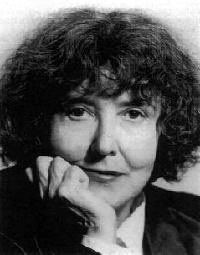 | ||
Born May 14, 1930 (age 94) ( 1930-05-14 ) Havana, Cuba Organization INTAR Hispanic Playwrights-in-Residence Laboratory INTAR (International Arts Relations, Inc.) Books Promenade & other plays, Letters from Cuba and Other Plays, Plays, Teatro Parents Carlos Fornes, Carmen Collado Fornes Plays Similar People | ||
Siblings Margarita Fornes Lapinel | ||
Signature plays trailer works by edward albee mar a irene forn s and adrienne kennedy
María Irene Fornés (born May 14, 1930) is a Cuban-American avant garde playwright and director who was a leading figure of the Off-Off-Broadway movement in the 1960s. Fornés' themes focused on poverty and feminism. Moreover, on personal and artistic levels, her lesbian identity has been central to her art.
Contents
- Signature plays trailer works by edward albee mar a irene forn s and adrienne kennedy
- Mari a irene forne s lecture dr scott cummings emerson college thurs feb 20 2014
- Early life
- Career
- Writing style
- Awards
- References

In 1965, she won her first Distinguished Plays Obie Award for Promenade and The Successful Life of 3. She was also a finalist for the Pulitzer Prize with her play And What of the Night? in 1990. Other notable works include Fefu and Her Friends, Mud, Sarita, and Letters from Cuba. Fornés became known in both Hispanic-American and experimental theatre in New York, winning a total of nine Obie Awards.
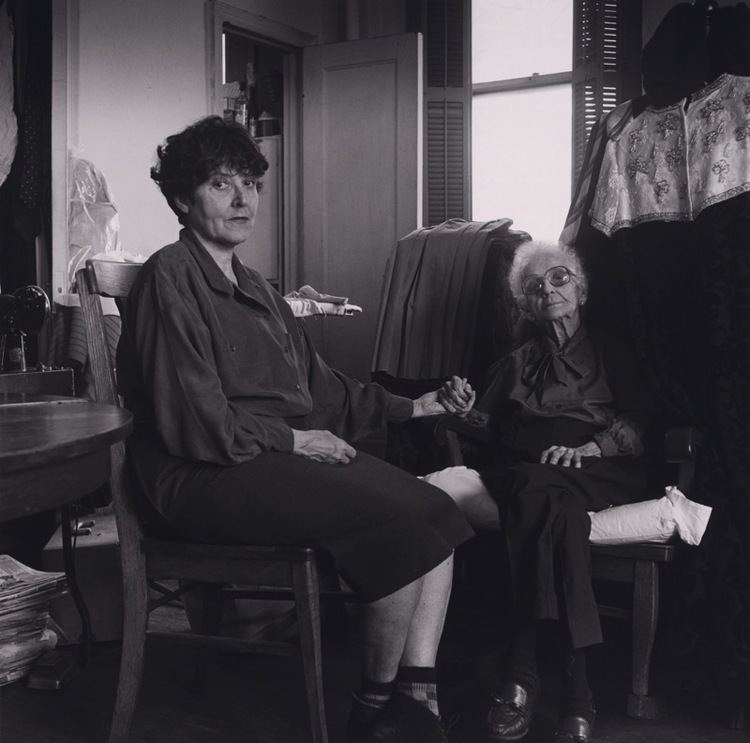
Mari a irene forne s lecture dr scott cummings emerson college thurs feb 20 2014
Early life
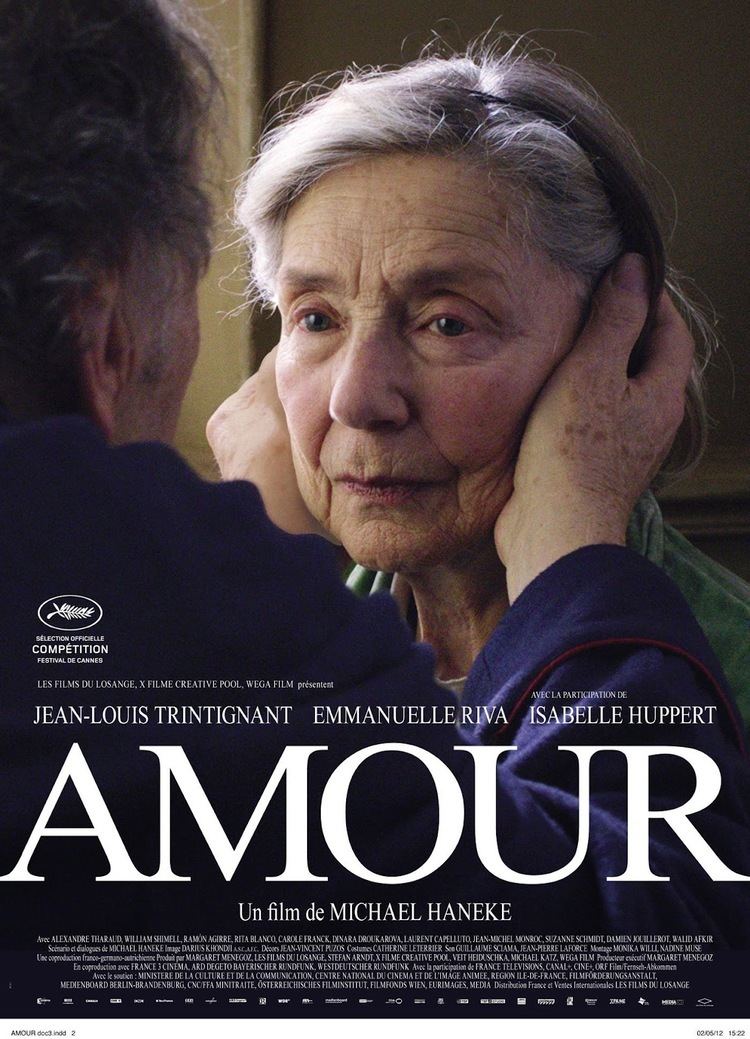
Fornés was born in Havana, Cuba, and immigrated to the United States at the age of 14, with her mother, Carmen Collado Fornés and sister, Margarita Fornés Lapinel, after her father, Carlos Fornés, died in 1945. Maria Had two older sisters, Margarita and Carmencita and three older brothers Rafael (noted cartoonist), Hector and Raul. She became a U.S. citizen in 1951. When she first arrived in America, Fornés worked in the Capezio shoe factory. Dissatisfied, she took classes to learn English and became a translator. At the age of 19, she became interested in painting and began her formal education in abstract art, studying with Hans Hofmann in New York City and Provincetown, Massachusetts.
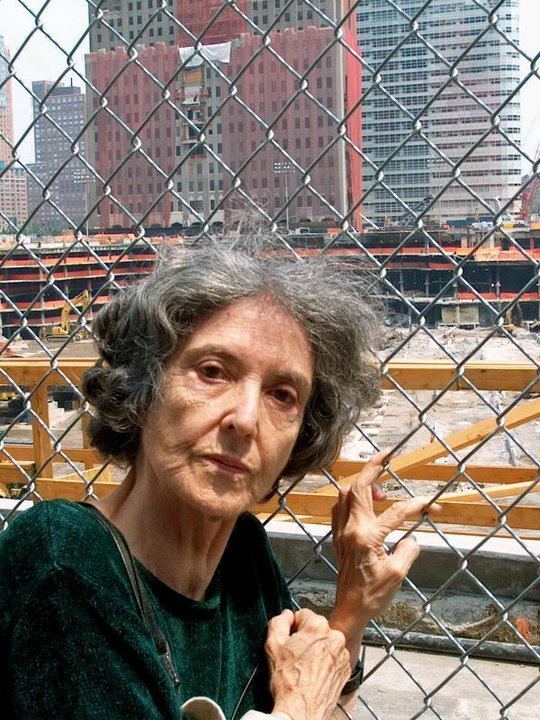
By 1954, Fornés had met the writer and artist's model Harriet Sohmers. They became lovers, and she moved to Paris to live with Sohmers and study painting. There, she was greatly influenced by a French production of Samuel Beckett's Waiting for Godot, though she had never read the play and did not understand French. This shifted her creative ambition to playwriting. She lived with Sohmers in Paris for three years, after which Fornés lived with writer Susan Sontag.
Career

In 1957, Fornés returned to New York City. In 1959, when Sontag returned to New York, she and Fornés began a seven-year relationship and moved in together. They encouraged each other to write. Fornés's first play was titled The Widow (1961). Her next major piece was There! You Died, first produced by San Francisco's Actors Workshop in 1963. An absurdist two-character play, it was later renamed Tango Palace and produced in 1964 at New York City's Actors Studio. The piece is an allegorical power struggle between the two central characters: Isidore, a clown, and Leopold, a naive youth. Like much of her writing, Tango Palace stresses character rather than plot. With it, Fornés' also established her production style, being involved in the entire staging process. As Fornés' reputation grew in avant-garde circles, she became friendly with Norman Mailer and Joseph Papp and reconnected with Harriet Sohmers. Tango Palace was followed by The Successful Life of 3 and Promenade, for which she won her first Distinguished Plays Obie Award in 1965. Her work was championed by Performing Arts Journal (later PAJ).
In Fefu and Her Friends (1977), Fornés began to deconstruct the stage, removing the fourth wall and setting scenes in multiple locations simultaneously throughout the theater. Four sets (a lawn, a study, a bedroom and a kitchen) are used in Act II. The audience is divided into groups to watch each scene, then rotated to the next set; the scenes repeat until each group has seen all four scenes. First produced by the New York Theater Strategy at the Relativity Media Lab, the story follows eight women who appear to be engaging in mishaps with men, and it climaxes in a murder scene. Shifting her style toward naturalism, Fornés portrays her characters as real women. The play is also feminist, in that it focuses on female characters and their thoughts, feelings and relationships and is told from a woman's perspective.
In 1982, Fornés earned a special Obie for Sustained Achievement; in 1984, she received Obies for writing and directing The Danube (1982), Mud (1983) and Sarita (1984). Mud, first produced in 1983 at the Padua Hills Playwright's Festival in California., explores the impoverished lives of Mae, Lloyd and Henry, who become involved in a dysfunctional love triangle in which gender roles are reversed. Fornés contrasts the desire to seek more in life with what is actually possible under given conditions. When critics complained of her pessimism, Fornés begged to differ:
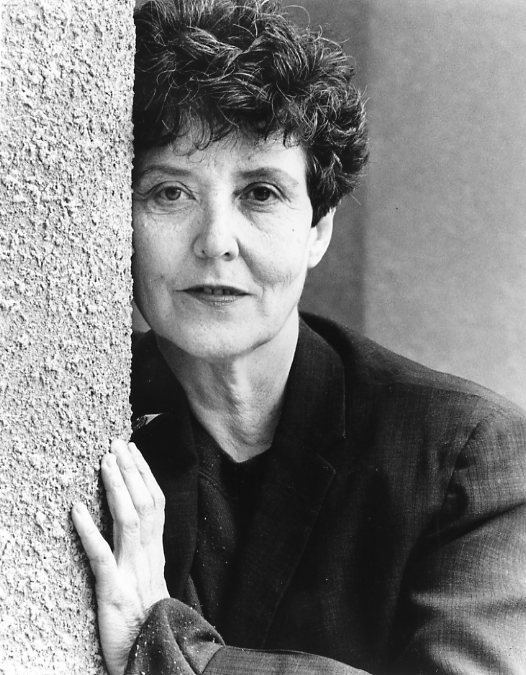
A lot of people have said to me about "Mud" and "Sarita" that they like it, they feel very much, but they feel at the very end there is a hole. “What are you saying?” they ask. “That there’s no hope?” One of the critics said of "Mud" that it’s saying there’s no way out. I wasn’t saying any such thing. Even though "Sarita" has a tragic ending—she kills her lover and then goes crazy and to a mental institution—I’m not saying any such thing! I’m showing what could happen. Precisely. I’m giving them an example of what is possible.
"Mud" exemplifies Fornés' familiar technique of portraying a female character's rise opposed by male characters. The piece also explores the way the mind experiences poverty and isolation.
The Conduct of Life (1985) was another Obie winner, as was Abingdon Square (1988). Fornés was also a finalist for the 1990 Pulitzer Prize for Drama with her play And What of the Night? In 2000, Letters From Cuba had its premiere with the Signature Theater Company in New York, as part of their yearlong retrospective of her career. "Letters" play focuses on a young Cuban dancer living in New York who corresponds with her brother in Cuba. It is the first work Fornés identifies as drawn from personal experience, noting her nearly 30 years of exchanging letters with her own brother. "Letters," too, earned an Obie.
Fornés became a recognized force in both Hispanic-American and experimental theatre in New York, winning a total of nine Obie Awards. She received an honorary Doctor of Letters Degree from Bates College in 1992. She was stricken with Alzheimer's disease in or before 1998. Her sister, Margarita Lapinel, cared for her in the early years of Alzheimer's. This care was taken over by her other sister Carmencita Nute until the time that she needed a greater degree of care in a facility. A petition to move her to New York to be closer to her admirers in the theater community had been signed by over 2,700 people by February 2013. Nilo Cruz studied with her.
Writing style
Fornés' plays address social and personal issues, while removing the playwright from the work itself. She employs avant-garde techniques explored in the early years of the Off-off-Broadway movement, including innovative form, immersive and multi-site performance, feminist perspectives, and a realism that embraces allegorical elements. Rather than seeing drama as conflict, Fornés has said she views the theater as a place to stage experience, so that the spectator can "receive" it and achieve "identification" with the characters. Fornés was intrigued by people and events in her everyday life. Fornés started all her writing with free thought typing then she would draw on her personal experiences and develop characters that she could feel within herself.She was fascinated by her nephews and niece and picked up the unique language used by them when playing or arguing. Fornés was clearly enamored with the nickname Fefu ( Niece Jennifer Lapinel)and this became part of her work.
